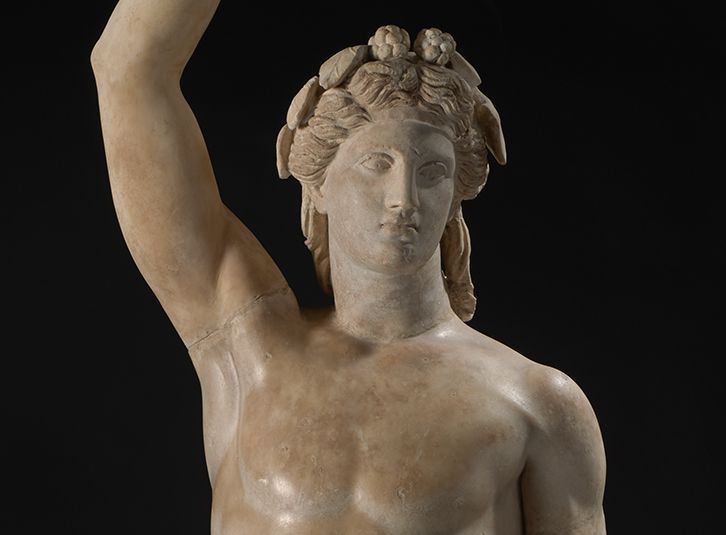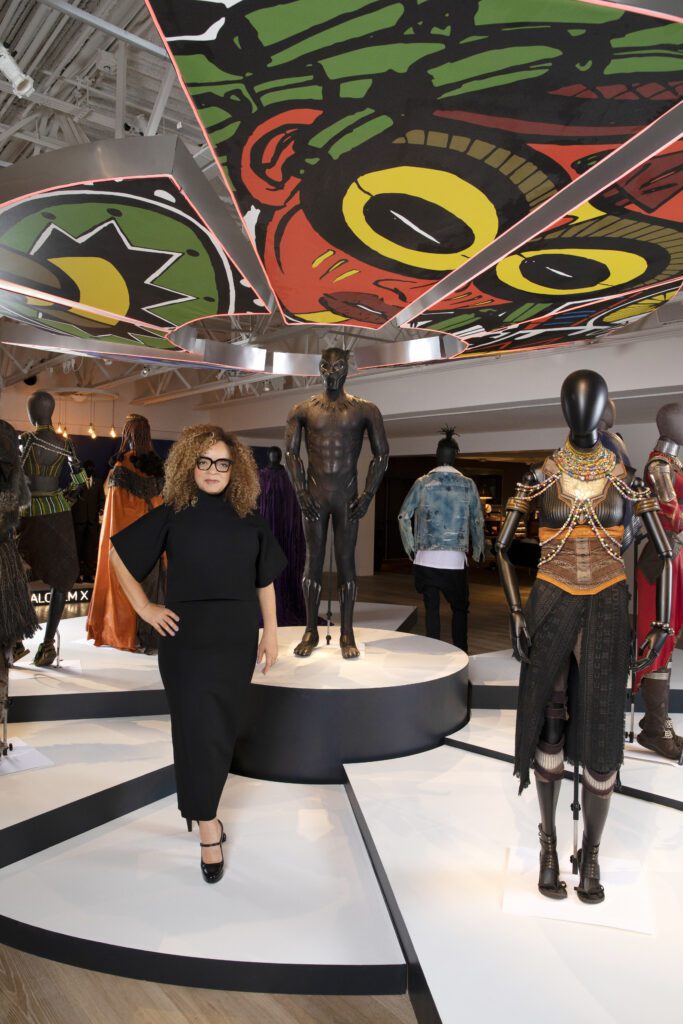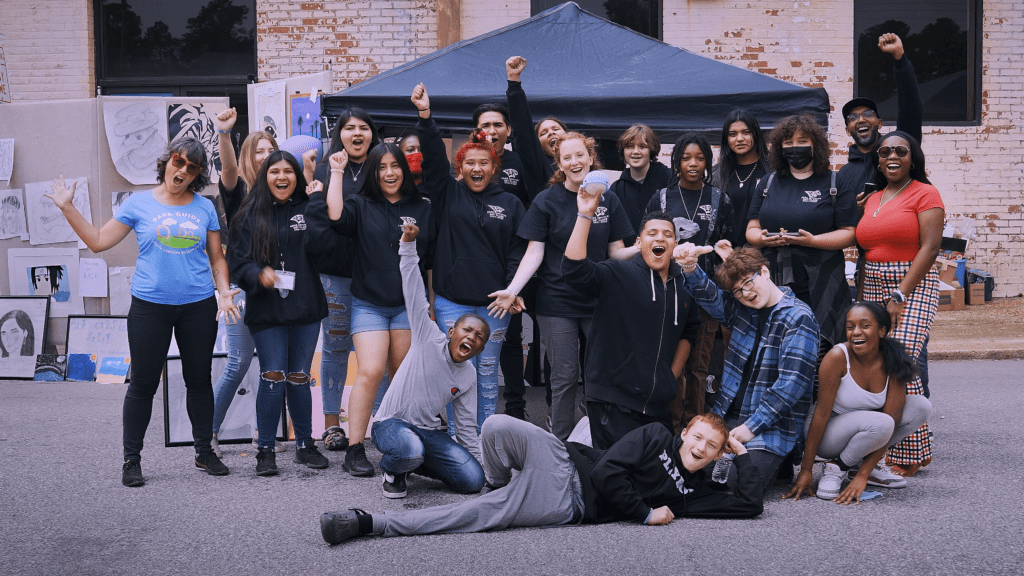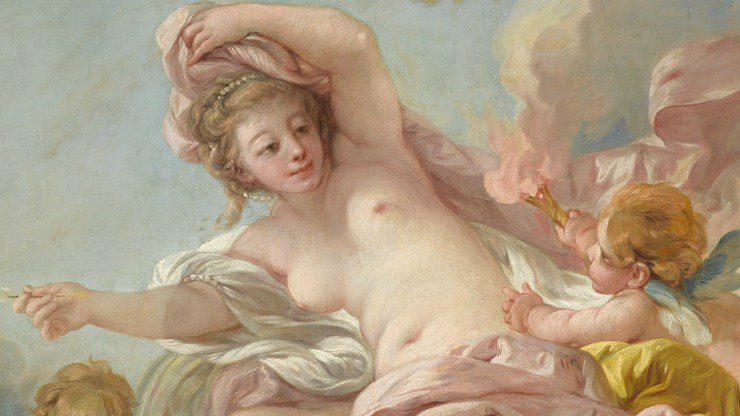The Bacchus Conservation Project: The Story of a Sculpture
Over the last few years, the Statue of Bacchus has been under intense scholarly scrutiny. The sculpture has been studied, sampled, and analyzed by a team of curators, classicists, art historians, conservators, geologists, scientists, and engineers. The Bacchus Conservation Project comes to a close with a focus exhibition that explains why and how this composite marble statue of the god of wine was studied, conserved, and restored.
Become a member today to enjoy special savings! Learn more about the perks of membership, including free exhibition tickets.
In the focus exhibition, viewers learn about the rare Roman torso at the core of the statue and dive into the complex history of the sculpture; discover how scientific analysis together with discussions about modern perceptions of ancient art led to a change in the proposed conservation treatment; and find out how an artist, 3-D specialists, and a basketball player became involved with the restoration of this fascinating sculpture.
Free to public.

Softcover, full color
Edited by Caroline M. Rocheleau
107 pages
8 5/8 x 11 in.
ISBN: 978-0-88259-908-3
$30 + tax in-store purchase (please see our current hours of operation)
$35.39 online purchase (includes tax and media mail shipping to contiguous United States); $30 + tax and international shipping; please contact us for price (varies by country)
The Bacchus Conservation Project is made possible by Bank of America and The Institute of Museum and Library Services (MA-30-16-0264-16). Additional support is provided by Steve and Frosene Zeis and Don Davis and Peggy Wilks.
Support for collection research and initial study of the Statue of Bacchus is made possible by Ann and Jim Goodnight/The Andrew W. Mellon Foundation Fund for Curatorial and Conservation Research and Travel.

Roman, 1st–3rd century, Statue of Bacchus, marble, Gift of Dr. and Mrs. John D. Humber
Ruth E. Carter: Afrofuturism in Costume Design
Academy Award–winner in Costume Design, Ruth E. Carter has helped bring characters to life in acclaimed Hollywood blockbusters. The NCMA celebrates the magic of her imagination.
Innovative AIM Program Reaches Thousands
Thinking outside the lines, NCMA outreach programmers connect local artists in rural communities with local students excited to discover the artist within.
Love in the Galleries
This Valentine’s Day we invite you to follow Cupid’s arrow through West Building to discover some amorous works in the NCMA’s collection.



